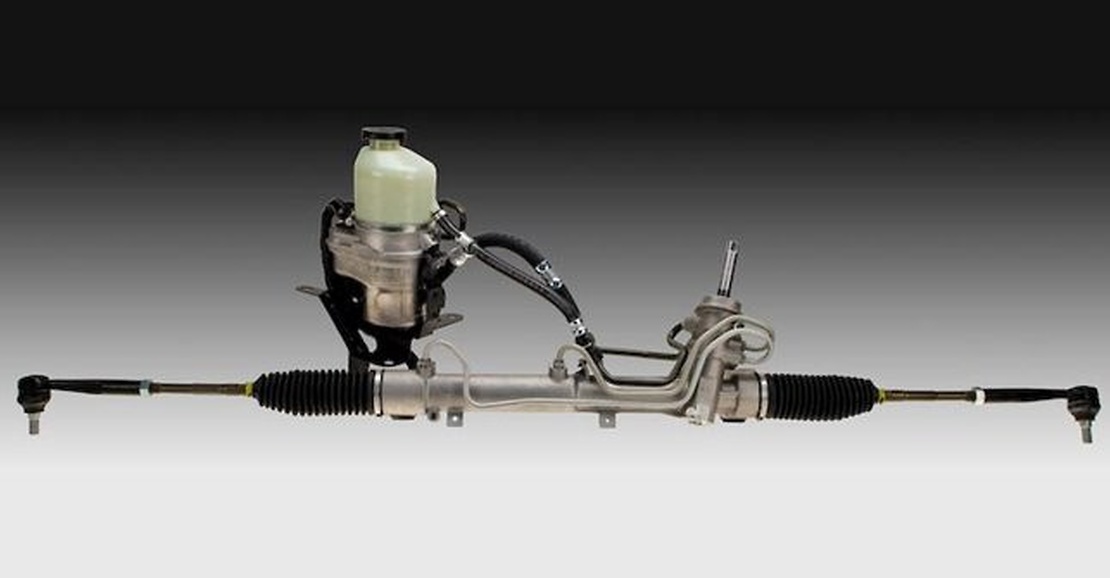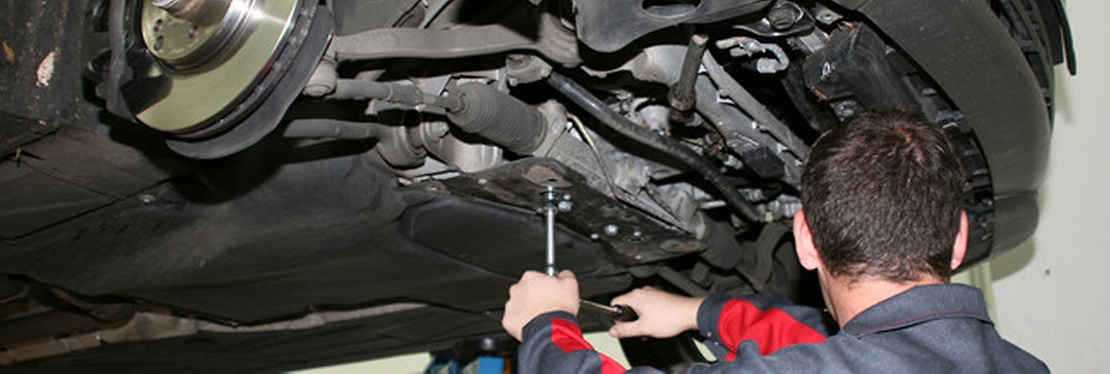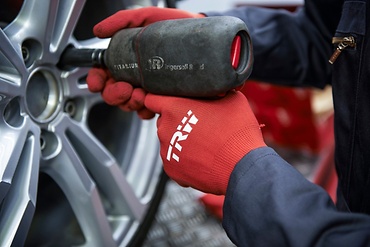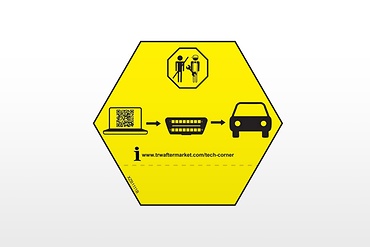Welcome to our FAQ page about steering. Here we answer frequently asked questions of our users.
Your question is not listed? Please contact us.
Pumps

Question: As an owner of a recovery service, I was called to recover a car fitted with Electric Powered Hydraulic Steering (EPHS). Due to the location, in order to recover the vehicle, I had to flat tow the car, with a pole, for a distance of two and a half miles. I have now been informed by the garage that because of the method of recovery and the fact that the engine was switched off, I have damaged the EPHS pump. How can this be?
Answer:
It is not possible to damage an EPHS pump by towing the vehicle without the engine running. In fact I have never heard of anything like this before.
EPHS pumps only work when the alternator is running, i.e. when the engine is running. They do not work off the battery. Also, the amount of assistance they give depends on several factors, but mainly the vehicle speed and the angle through which the wheels are being turned. The higher the vehicle speed, the lower the assistance from the pump. Towing a vehicle without the engine running just means the pump provides no assistance at all (as it would at speed), but no damage would be caused under these conditions. The car would just be very heavy to steer.

Question: I have to fit a new steering rack to a 10-year-old Vauxhall Astra - should I also change the pump?
Answer:
At this age, the pump is nearing the end of its optimum life. Steering gears are manufactured to strict tolerances - typically a few microns of a millimetre - so an aging pump could allow small particles to enter the system, causing leaks and failure. Similarly, debris from an aging rack could be in the pump.
Whatever you decide to do, a complete flush and refill with new fluid is essential.
Then consider this: Do you want the vehicle to return in six months with a failed steering pump? Another bill for the unhappy customer?
Replacing both at the same time would not significantly increase labour charges. Customers generally accept parts cost but complain about labour.
Look at this as a form of “up-selling”. The cost of the pump would be significant and so would your margin.
Once decided, prepare well and observe a few basic tips:
- Ensure utmost cleanliness, paying particular attention to the hose connection areas
- Dirt can be removed using TRW brake cleaner and a lint-free cloth
- Before removing the steering gear move the steering wheel to the centre position and secure it
- Flush the system before connecting any of the lines to the rack. Fill the storage tank with new fluid and allow run through into a drip pan. NEVER re-use old hydraulic fluid
- ALWAYS adhere to the VM’s instructions
- BLEED the system. Fill storage tank to the “MAX” mark. Start engine. The fluid level may drop quickly. After a few minutes, raise the front of the vehicle and slowly turn the wheels from left to right 10-15 times. Always ensure tank has sufficient fluid. If fluid is light brown or red or appears foamy or cloudy, there is still air in the system
- In this case, turn the engine off and wait for 15 minutes. Then repeat the bleeding process
- Once bleeding is complete check the fluid level and top up to the “MAX” mark. Now road test and check the entire system for leaks. If necessary top up the fluid level again
IMPORTANT NOTE: Repairs to motor vehicles should only be carried out by appropriately qualified motor mechanics. Please note that specific makes and models of motor vehicles differ, and that the advice given in this website may not be appropriate in all cases. TRW KFZ Ausrüstung GmbH will not accept any responsibility or liability for loss or damage howsoever caused as a result of reliance upon the advice given in this website, save to the extent that such liability may not, by law, be excluded.

Question: I have a 2004 Seat Ibiza, which has an intermittent problem with its power steering. The battery is also failing to hold a full charge. As it is electrically driven, could the power steering pump be faulty and causing the battery issue?
Answer:
I doubt it. Many small cars are use an electrically driven system to reduce the amount of engine power needed for steering assistance, resulting in greater fuel economy and lower emissions. But typically, the alternator, not the battery, powers these pumps so they don’t work without the engine running, in much the same way as a conventional belt driven pump.
The battery – check the charging circuit and alternator. If old or faulty, the alternator might not fully charge the battery, and thus won’t provide enough current for the steering pump.
If the alternator is not the issue, check all wiring from the pump to the vehicle wiring harness. Make sure connections are sound and corrosion free. If the electrics are fine, then the fault probably lies within the pump itself. Changed as a complete set, an ever-expanding range is available from TRW.
The majority of our replacement pumps are simply plug and go and do not need re-programming to the vehicle. You may have heard that only main dealers can change electric power steering pumps, as they have to be re-programmed to the car using the VM’s diagnostic kit. But this only applies to certain VM’s, for example, Peugeot.
However, when an electric power steering pump is changed any diagnostic fault codes in the vehicle system must be cleared before the pump will function correctly.
Remember, when changing any part of the steering system - whether it is the pump or the rack – to avoid contamination, cleanliness is the key word. You must also replace the hydraulic fluid, using for example TRW’s PFS801, and completely bleed the system in accordance with the vehicle manufacturers’ instructions.
Your Question is not listed?

Your contact at ZF Aftermarket
If you find yourself with more questions or inquiries, please contact us.


